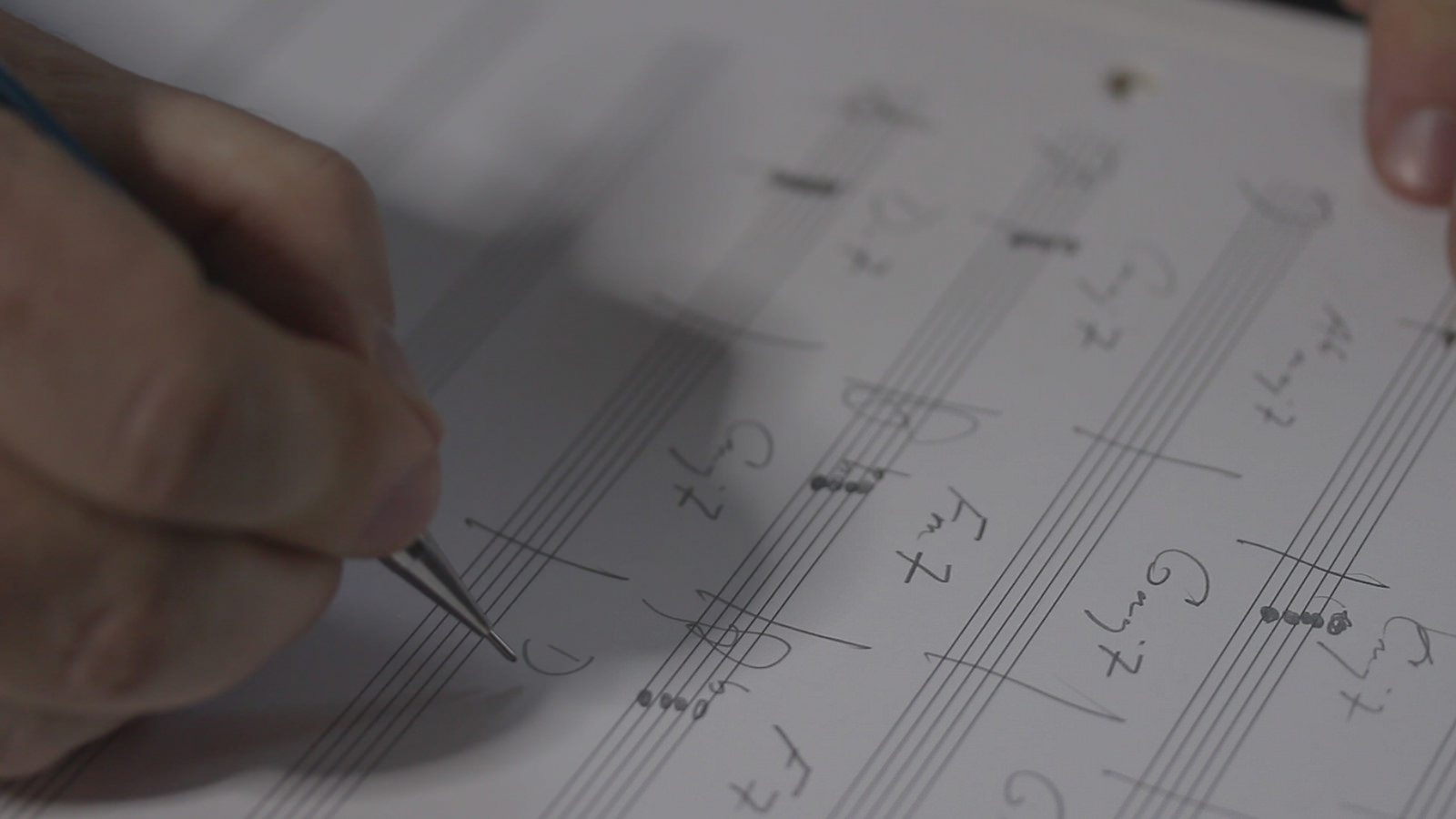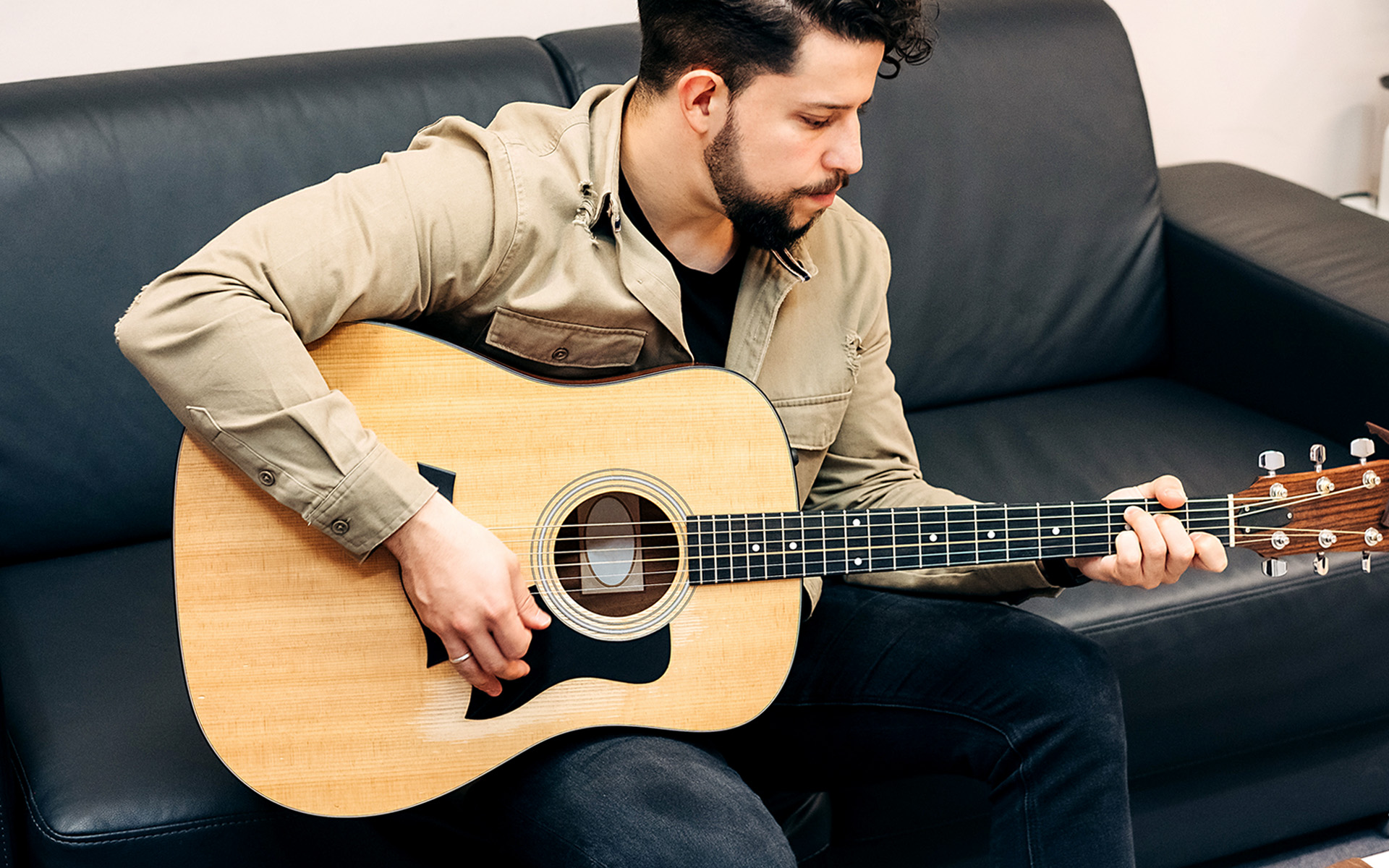You don’t have to have a degree in music theory to write harmonic progressions that underscore your lyric well. But writing harmonies that speak the same message as a lyric and inspire the listener to groove along take conscious effort. Furthermore, expanding our natural tendency with harmony to include new chords used in new ways takes time and investigation.
Great harmonies don’t have to be complex, and in many situations they are quite simple. When we analyze the harmonic function inside of our favorite songs, we are sometimes surprised to find that the progression in the verse is also the same progression in the chorus. Sometimes there is only one chord that is different in the new section of our song, and that’s what creates contrast or great dynamic build.
Transcribe a new song every day.
Transcribing a new song every day by artists we love gives us roadmaps for our own songs. Try using the chords of a song by another artist you like and writing your own melody over the top. You might rearrange the chords if you feel it is too difficult to write an original melody. Harmonic progressions are not copyrightable, and the more transcription you do, the more you will find the same progressions used over and over again.
TAKE A SONGWRITING COURSE WITH ANDREA STOLPE
Be aware of what emotion the harmonic progressions are carrying.
Many songs rely on the 1, 4, 5, and 6 minor. They are indeed the bones of our harmonic writing. When we choose chord colors, we should always be aware of what emotion those chord progressions are carrying. The personality of the song will always be reflected in the harmonic movement. The decision to move to a new chord, add in a borrowed chord, or to change chords more or less frequently, can all come from a decision to change or create a mood.
Spend some time describing the feeling you get when listening to your song’s harmonic progression all by itself.
Record yourself playing your instrument, without the melody and without the lyric. Make a note of where you feel the mood change, and notice the chord responsible for changing that mood. Think less about how smart your chords seem, or how you like to use chords in a more interesting way to just appear interesting. Instead, consider more how the chords are serving your lyric message, and expressing who you are as an artist.
Be aware of the frequency with which you change chords, the tempo, and the key signature.
Other elements to be aware of while you’re writing are the frequency with which you change chords, the tempo, and the key signature. These important elements are often decided unconsciously when we write, and thinking more consciously about them can send our songs in a whole new direction.
For more on how to expand your harmonic tools, I recommend the course Songwriting: Harmony, written by esteemed Berklee College professor, Jimmy Kachulis.
Happy writing,
Andrea
STUDY SONGWRITING WITH BERKLEE ONLINE










